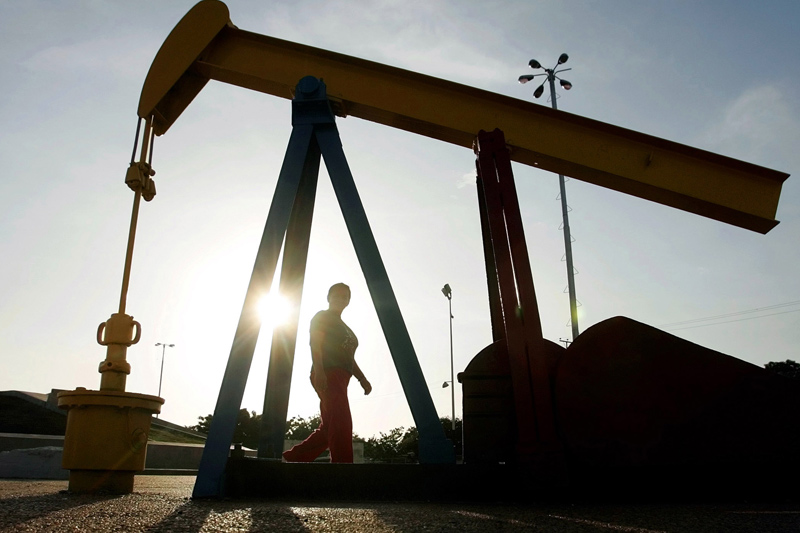Investing.com - Oil prices rose on Tuesday after reports revealed that top exporter Saudi Arabia cut production one month after it agreed the Organization of the Petroleum Exporting Countries (OPEC) to produce more crude. Meanwhile, OPEC remains positive on overall demand.
Brent Oil Futures for October delivery went up 0.30% to $72.83 per barrel at 1:00AM ET (05:00 GMT), while Crude Oil WTI Futures for September delivery also edged upwards by 0.45% to $67.50 per barrel.
In the latest OPEC report, the group revised its estimate for oil-demand growth next year to be lower and confirmed that Saudi Arabia had cut production last month.
In the report, OPEC estimates the global oil demand growth for 2019 to be 1.4 million bpd, revised lower by 20,000 barrels per day (bpd). Non-OPEC oil supply in 2019, on the other hand, was revised higher by 30,000 bpd to 2.13 million bpd.
OPEC production for July rose 41,000 bpd to 32.32 million bpd, led by increases in Nigeria, Kuwait, Iraq and UAE. Saudi Arabia, Iran, Libya had decreases in production. The OPEC monthly report published on Monday confirmed the Saudi Arabia production cut and contributed to the crude’s price hike early on Tuesday.
In June, Saudi Arabia agreed with other OPEC members on pumping up oil production after the removal of the output cap placed in November 2016 to drain excessive supply.
However, the top exporter told the producer group of OPEC that it had cut production by 200,000 barrels per day (bpd) to 10.288 million bpd.
After the June meeting in Vienna, OPEC agreed to raise output at a nominal increase of 1 million barrels a day (bpd) in to stabilize oil prices and ease the threat of a global supply deficit amid expectations for a drop in Iranian exports.
U.S. President Donald Trump is aiming to cut Iran’s oil exports to zero by November, a policy that threatens to leave the world short of oil and boost prices at the pump if OPEC and Russia cannot fill the gap.
The ongoing trade disputes between the U.S. and China, one of the biggest oil consuming nations, could also potentially lower economic growth and slow down demand.
The OPEC remains positive on the overall oil demand. The report said it expected world oil demand to grow by 1.43 million bpd in 2019, down from 1.64 million bpd in 2018.
